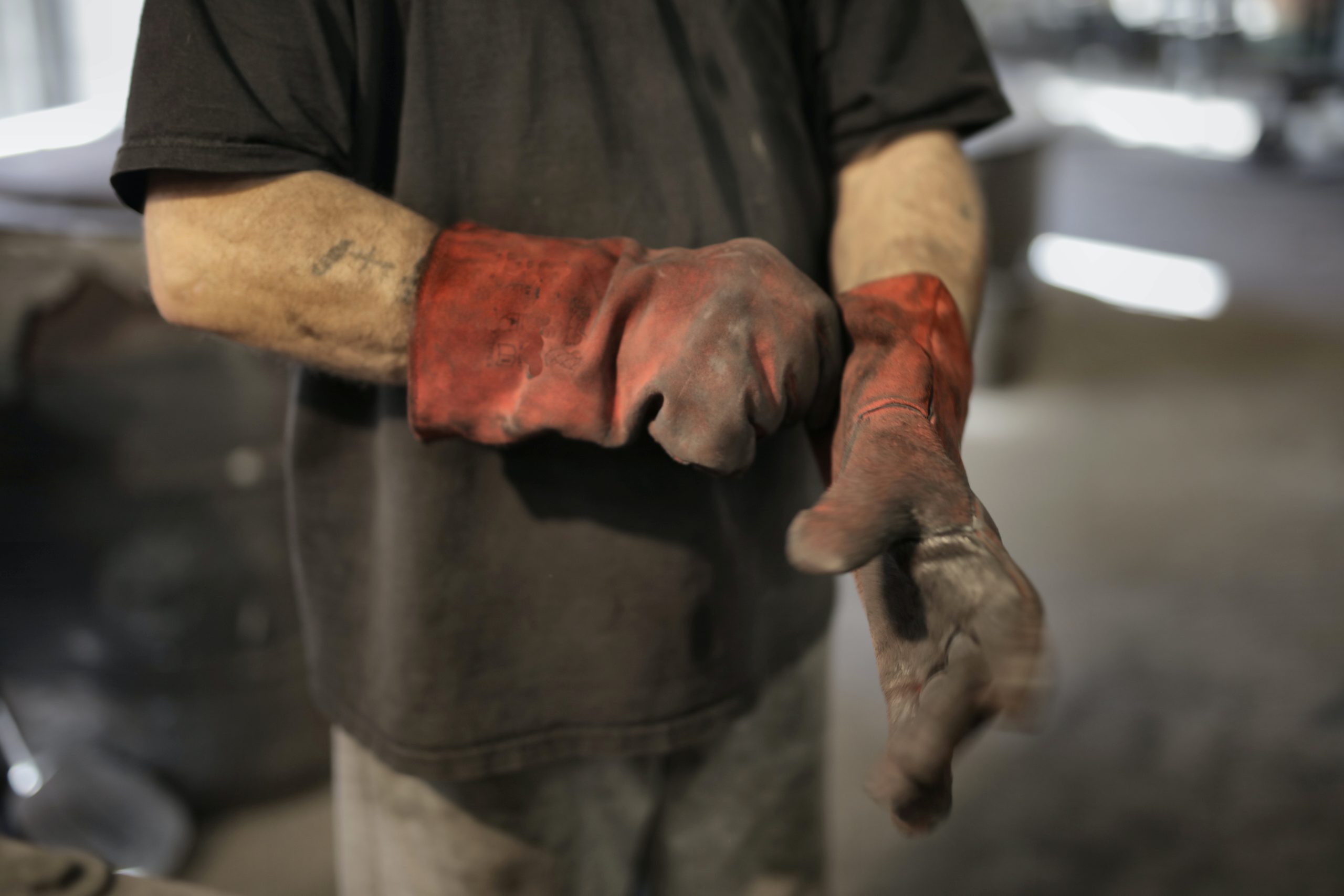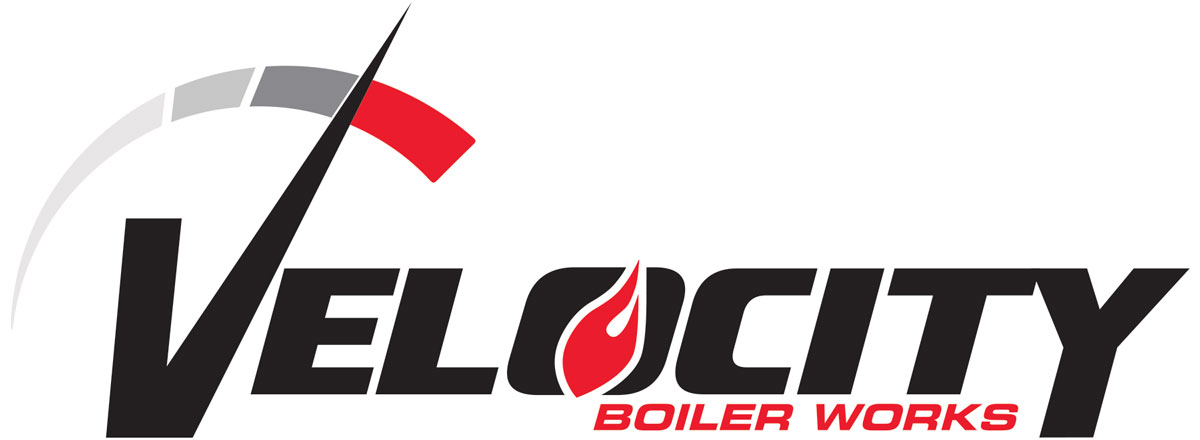There are many moving parts involved with installation, repair and maintenance of HVAC equipment. Even the most experienced technicians can make mistakes on the job. In this article, we outline five things to avoid, and a few industry “must knows” for every technician spending time in the field.
Five Things to Avoid
- Skipping the troubleshooting stage. Focusing on just one assumed or potential problem could derail you from solving the actual issue. We have all been in this situation, thinking, “It has to be the control” or “The flame sensor must be bad.” Often throw parts at a problem instead of diagnostic tools and troubleshooting. Taking the time to troubleshoot is necessary, often time-saving, step.
- Ignoring the manual. This is more important today, with the current market, than ever before. Each piece of equipment has a slightly different series of operations. For example, some use 10K sensors while some use 12K sensors. Take the time to go through the Installation and Operations manuals, and the troubleshooting guide, for a more complete understanding of the equipment you’re working on.
- Failure to understand combustion safety. This goes for all equipment both atmospheric and forced draft (sealed combustion/high efficiency). For the equipment to work properly and be trouble-free it needs to run correctly. For proper combustion we need the correct amount of air and fuel. We can test and adjust the combustion on all equipment and this is especially important on high efficiency equipment. Another part of the combustion process is fresh air/make up air. For the “sealed combustion equipment it is important to have our air intake piped to the outside of the home.
- Skipping a heat loss or connected load when replacing equipment. This is one of the biggest mistakes we can make in our industry. Over-sizing of equipment is just as bad, if not worse, than under-sizing the equipment. In this case, bigger is not better. Over-sizing can and will increase the number of cycles (short cycling) the unit will experience, resulting in premature component failures, increased repair and maintenance costs as well as higher fuel usage. Take the time and do a heat loss, whether it be a full manual J calculation or a simple block load, it will tell you the size of the equipment needed to heat the space.
- Deciding not to call for help. The manufactures have a technical services department that know the equipment in and out. All they do is solve problems, and know the fastest ways to get the equipment fixed and running again. Calling does not mean you do not know what you are doing, call means you value both you and your clients time.
Industry “Must Knows”
- How to read and use a multimeter. This is arguably the most important thing to know in the world of HVAC. The majority of the problems with equipment are related to electrical components failing. Understanding how to properly use your multimeter is key.
- How to follow and understand a wiring diagram. This goes hand-in-hand with the multimeter, the wiring diagram shows where the wires go and what the switches and relays do.
- How to use a manometer. Your manometer is a tool that is used to test gas pressure, but it can also be used to test pressure and vacuum switches on equipment. Often we replace those switches and still have the same problem. By using the manometer, we can see the vacuum draw or the pressure applied to the switch. If it is below the rating listed on the switch, that typically indicates it is not the switch. The same goes for gas pressures; modern equipment pieces have a minimum gas pressure i.e. natural gas is usually around 5IWC. If the pressure is dropping well below that and we have repeated ignition failures and flame signal errors, check the gas pressure. Often it is a failed or failing regulator.
- When to offer replacement over repair. This is usually a tough conversation, so you want to be confident about what you are recommending. As techs, we want to fix everything, and often pride ourselves on the ability to do it. However, there are times the cost of the repair outweighs the cost of replacing the equipment, and repair would not be in the client’s best interest. We should be ready to provide both to the client in those cases.
And of course, if you ever need the Velocity Boiler Works Tech Support team, you can contact us here >>


